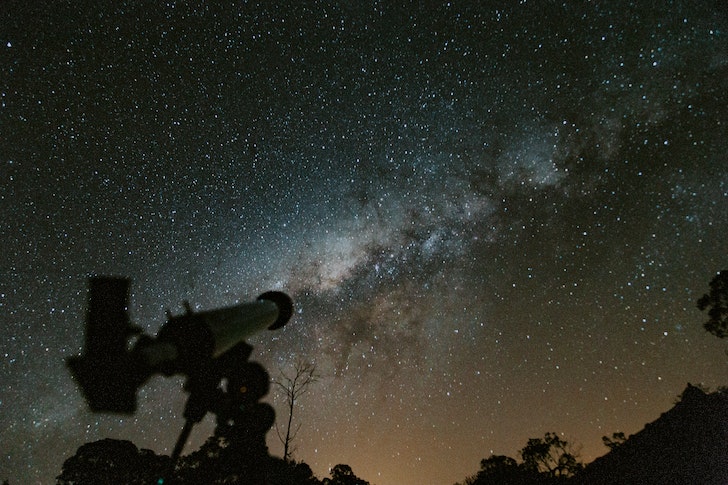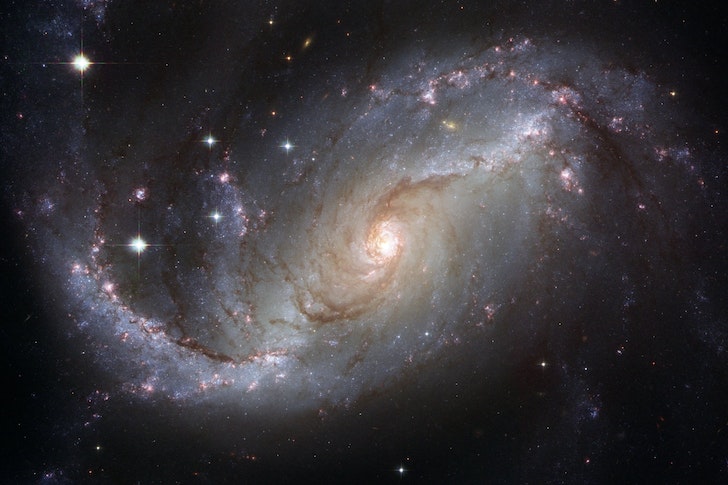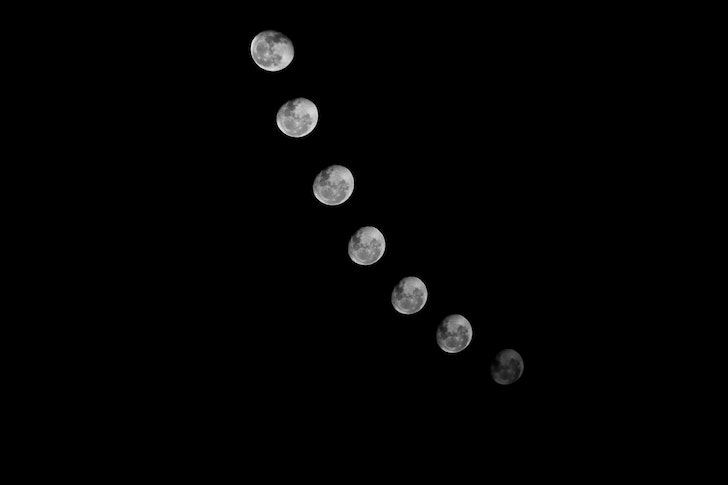There has been an incredible discovery in our solar system! As it turns out, 12 additional moons of Jupiter have been found, increasing the total number of its natural known satellites from 80 to 92. Now, the gaseous planet is known to have more moons than any other planet in the solar system. The record is maintained, at least, for the time being.
The runner-up planet with the most moons is Saturn, with 83 moons; the planet was previously reigning as the leader for the moon count since 2019. What scientists have to say is that if they could determine all moons at a three kilometers width, Saturn would certainly have more moons than any other planet in the solar system.
Discovery Of Moons On Jupiter
Jupiter is given the title of the “king of planets” because of its size, the gas giant is twice the size of all the planets of the solar system combined as one. Even though people have been aware of the Jupiters existence for thousands of years now, the very first intricate observations of the planet were recorded by Galileo Galilei in 1610, when he also found the first 4 moons of the fifth-closest planet to the Sun.
After that, over the course of 400 years, many additional observations were made that resulted in a total tally of 80 known moons. The 12 more moons were discovered in 2021 in Hawaii and in 2022 in Chile with the help of telescopes.

Lucas Pezeta/Pexels | The new moons of Jupiter were discovered in Chile and Hawaii with the help of telescopes
An astronomer at the Carnegie Institute for Science known by the name of Scott Sheppard, who was among the group that discovered the new moons said that while their main focus is to find planets that are located in the outer region of the solar system beyond Pluto, they have serendipitously been looking for new moons orbiting around Jupiter.

Pixabay/Pexels | Astronomers are looking for planets beyond Pluto now
Details Of The New Moons
Due to the fact that these observations were recorded a while ago, astronomers need to work hard to track the orbit of each object to make sure that they are moons. The freshly discovered moons of Jupiter orbit the gas giant from a distance. It takes at least 340 days for all of the moons to complete an orbit around the planet, while nine of them take over 550 days, so it is understood that the process of orbiting is quite slow.
These new moons of Jupiter appear to be much smaller than that of our planet Earth, ranging from 0.6 to 2 miles in diameter. Scientists hope that in the coming years, they learn more about the planet Jupiter and its moons.

Wls Amy1006/Pexels | The process of the moon's orbit around Jupiter has proven to be slow








